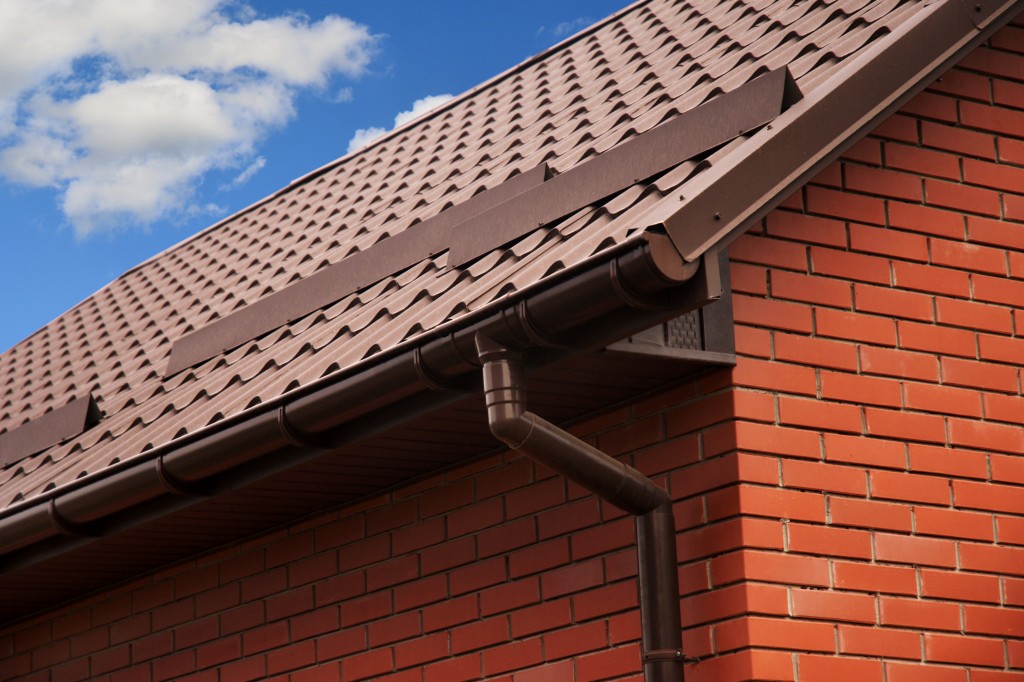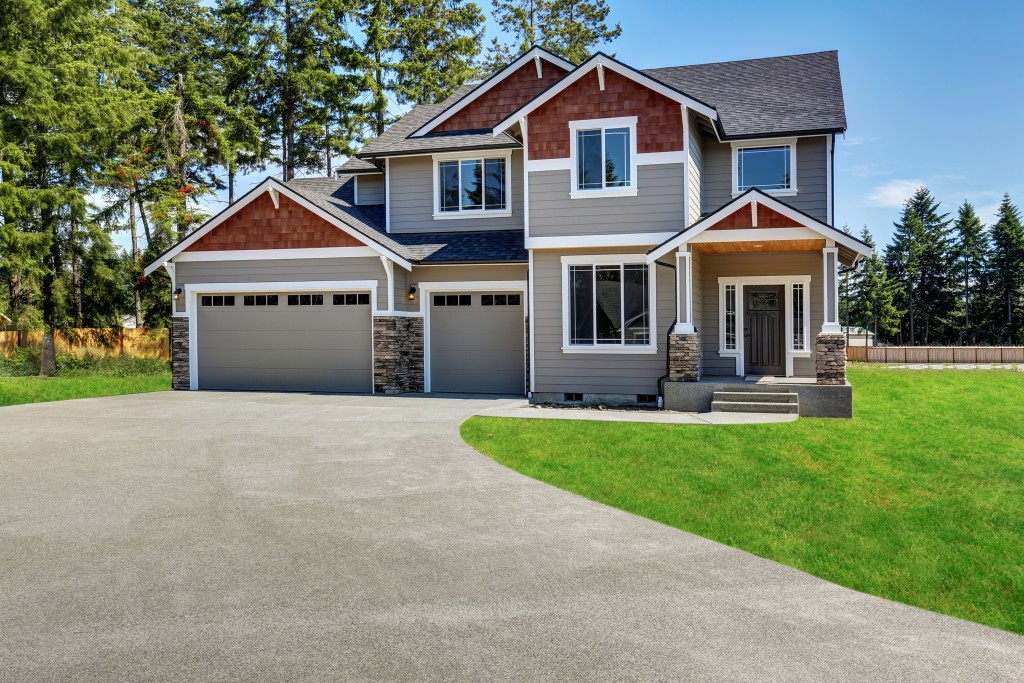Remodel Your Home to Make It More Resilient?

We’re living in a world that’s increasingly subject to the whims of a changing climate. Wildfires, floods, earthquakes, hurricanes all threaten to cause more extreme damage to our homes. Meanwhile, increasing temperatures are bound to cause greater discomfort during hot summers. It’s enough to give many prospective homebuyers cause for serious concern in certain areas.
But if you’ve already settled in a location, you’re more likely to be locked in for the long term. On average, people move 11 times in their lifetime, but those are front-loaded in the first two or three decades. Owning property, having family, and a stable career: these factors make it tougher to relocate, even in the face of climate change.
Our homes need to be more resilient. And prevention is better than cure. Wouldn’t you rather arm yourself with power tools, screws, and fixings for a retrofit than have to build a house that’s fallen apart?
Know what lies ahead
The dangers posed by climate change seem to grow worse each year. But they don’t cut equally across geographical locations. The first thing you want to do is conduct an assessment of the risks you’re facing.
What’s the historical record in your area when it comes to storms or flooding, for instance? Climate change might not be definitively linked to frequent storms, but it’s known to make them more destructive. Based on history, that means the worst storms and floods that ever hit your city are more likely to be surpassed in the future.
The same scenario applies to the hotter end of the temperature scale. Severe wildfires weren’t considered a problem before 2013, but it’s now on the National Risk Register. And our densely populated urban areas are prone to the ‘heat island’ effect. It leaves many people at risk in the event of a heatwave.

Go beyond the code
Builder’s codes are intended to provide a minimum standard of resilience. But the problem with that lies in how these standards are devised. They are often based on records, which don’t accurately reflect the conditions of today.
As our weather grows more extreme, structures built to code are more likely to fail. Thus, the best place to start when retrofitting your home for resilience is exceeding code.
Look to emulate what other homeowners are doing in areas that face the worst storms. They use tie-down strapping to create a continuous structural connection from the foundation slab to the roof. Framing, roof sheathing, and shingles all have recommended specifications to avoid being dismantled or blown about by hurricane-force winds.
Measures to control stormwater runoff should also be implemented. Basic landscape grading and the use of storm sewers or culverts will help ensure that water flows away from home. Making surfaces more permeable will also facilitate water absorption. And if you live near a body of water, your best bet to stay safe from flooding is increasing the elevation through platforms or stilts.
If wildfires figure to be a problem in your area, using fire-rated materials in your retrofit can help. Insulated concrete forms are a go-to when slowing down the potential spread of fire. But you also need to maintain a buffer zone, sometimes known as defensible space or a firebreak. This area should be free of combustible material or have fire-retardant plants or materials around your home.
Go small and autonomous
A remodel also gives you the chance to address a design-level flaw present in many homes: size. In years past, when the threat of climate change was still remote or even subject to dispute, we didn’t hesitate to build large homes.
But now that the environment is exerting constant pressure on our homes, we can feel the costs in terms of maintenance. It costs more to repair a large home that’s suffered extensive damage. And the same principle is at work when it comes to energy consumption.
Increasing temperatures aren’t a problem to be solved with greater dependence on air conditioning. Doing so only shifts the burden to our power grid. If everyone does that in a densely populated city during a heatwave, power rationing or outages are likely to happen. Costs will soar during peak hours. And emissions will rise, feeding further into the warming climate.
The home of the future is not only stronger than code requires. It is also smaller. It has a lower footprint and costs fewer resources to build and maintain. Use passive or low-tech means of keeping your home cool. And do the same for heating in winter. This will allow you to live more autonomously and even survive for days if the power goes out.




